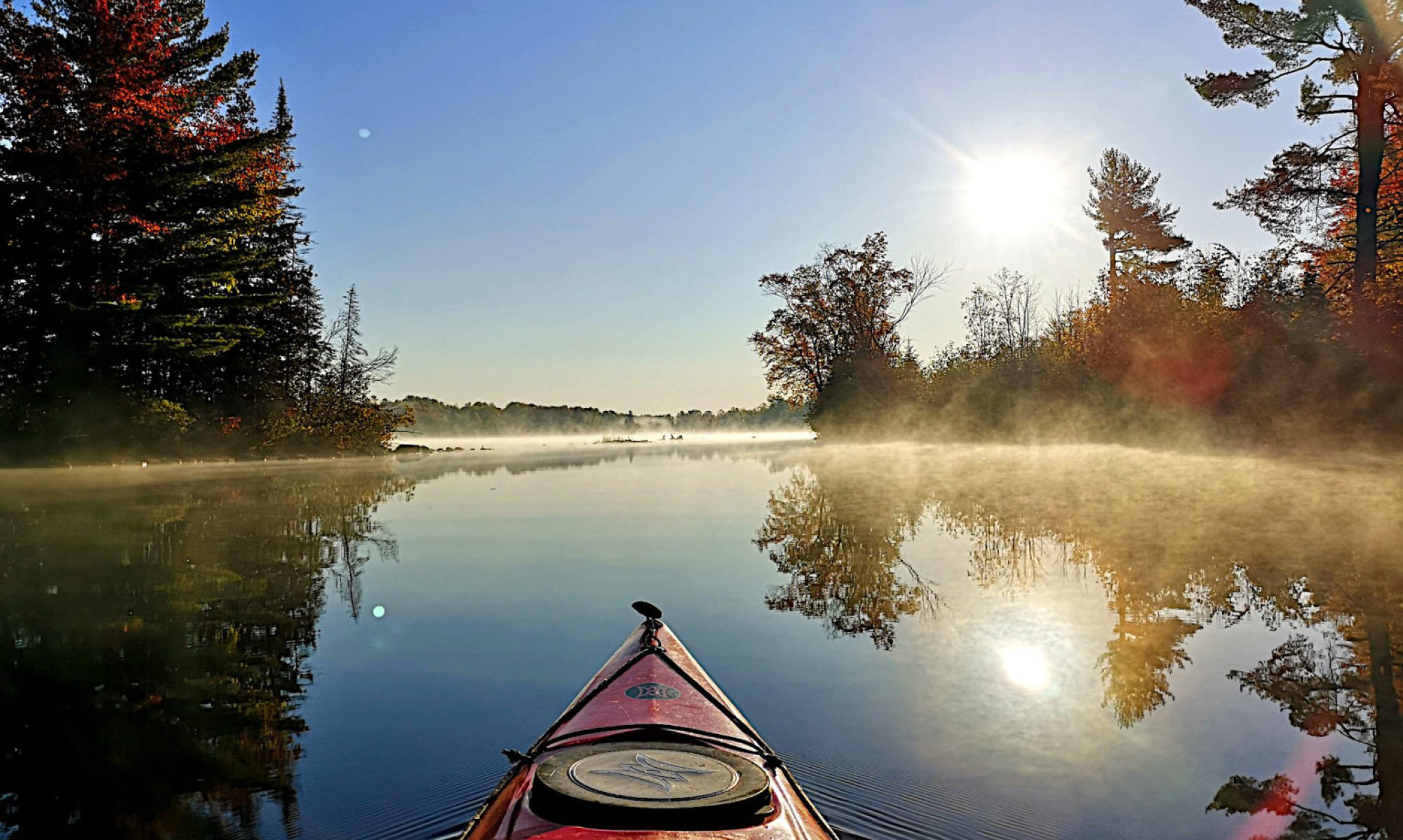A short time ago, I was contacted by a man named Lino Ramirez, asking if I could help with the search for Ron Boychuk, a pilot who went missing somewhere over the interior of British Columbia on October 23. Lino had read about the search for Steve Fossett, the billionaire adventurer who also disappeared while flying in September, a search that used Amazon’s “crowdsourcing” service, Mechanical Turk. In that experiment, Amazon was provided with satellite photos of the route Fossett took, and anyone who wanted to could help to search the terrain.
Lino told me he was hoping to put something similar together, but he wasn’t having much luck finding the satellite photos necessary. About a month ago, he managed to make contact with someone at DigitalGlobe — one of the companies that provides satellite imagery for Google Earth — and they agreed to take some shots of the area on their next fly-by. To make a long story short, he just emailed me to say that the photos have come in from DigitalGlobe, and a Google Earth site called InternetSAR has agreed to integrate them into their system.
Anyone with Google Earth can now go to the InternetSAR site and be given (after registering) a random portion of the area to search. Lino says he got a total of about 5 gigabytes worth of data, which was divided into nine chunks and then sub-divided into smaller portions by InternetSAR. There is some misalignment with the existing Google Earth images (it’s easy to tell where because the new images show winter landscape and the existing ones are green) but other than that the two are relatively close.
In any case, a fascinating use of satellite imagery and the Internet to continue a search long after the authorities have given up (there’s some discussion of the search and the imagery here). For the sake of the Boychuk family, I hope the search is successful.
